Jazmien Manoukian
“
Through a mixed learning environment, every student can garner equally, whilst simultaneously learning integral self-regulatory skills
.”
– Jazmien Manoukian
It is a simple fact that all children learn differently. The trick is finding solutions for every learning style and making those solutions accessible to all. In recent years, the accessibility to online classrooms has dramatically increased with the rising demand. Some parents have recognized the downfall of our public school systems and so wish to turn to online solutions, other parents simply have religious necessities that are not met at public schools. Despite the reasoning, it is obvious that online schooling is on the rise and the most likely future of schooling. While purely online classes can be more beneficial that traditional classrooms, I contend that a blended learning environment is the best option.
I have attended a small, fifteen student Christian school my entire life. Throughout my years at this school, the administration has shifted several times and multiple curricula have been implemented. When I was in elementary school, the curriculum we used was solely reading based. There was no direct teaching and no videos. It was merely textbook work. This was probably the worst style of learning I experienced. Due to its reliability on reading/comprehension, many students struggled through the textbooks and had difficulty passing. The next step in my school’s search for the perfect curriculum was an online program. This was a much better program, however it still had a few holes.
After middle school, the curriculum became difficult to understand through sole video and textbook teaching. The concepts were too advanced and the textbooks were not adequate. The video generally did its best to explain concepts, but once again it was fashioned towards a particular style of learning. In this particular curriculum a student needed decent reading/comprehension skills, but they also needed to be very analytical and left-brained. This left many students struggling to keep up with the rigor of the classes. After it was apparent that the upper grades of this curriculum were not suitable, my school decided to implement a blended learning environment. In this way, the particular classes that were too analytical for most, such as the high school math and science, would be directly taught. For these classes, my school implemented other homeschool curriculum to be complemented by an in-class teacher. Once this addition was added to the curriculum, our students began to thrive and are now top tier.
This blended environment worked best for several reasons. Firstly, it granted freedom and flexibility. While it was best to be in class for the live teach, it was still possible to make it up easily on your own. Many times, concepts that one student struggled with, others did too, allowing us to spend more time conquering those struggles and less time with other concepts we agreed were easier. This time-management capability would not be possible in a traditional environment as every concept must be taught with the same time constraints. Secondly, a blended environment still forces students to learn self-dependency and self-regulation. While there is a live class, there is still a good deal of video class time. Often, there is homework or classwork involving video classes. In my experiences, these videos are completed as a homeschooler would, therefore, teaching the skills a homeschooler develops. However, for those students who are not self-dependent, there is still a live teacher available for help or accountability. Thirdly, a common concern of the sole video lesson environment, is that is lacks the face-to-face interaction. Obviously, this concern is addressed in a mixed learning environment as there is plenty of interaction with a present teacher.
Finally, it breaches the gap between most learning styles. Whether a student is an auditory learner, visual learner, right-brained, left-brained, etc., there is always some element of a mixed learning environment that incorporates a particular student’s learning style. If there is a concept presented through a video class and a student does not quite understand it, it can be re-presented by a live teacher. If that student still does not understand the concept, they can refer to their textbooks. In a mixed classroom, there is always some way for students to finagle the concept so it fits their understanding.
While I do not believe that online learning is a classroom style that every type of student can thrive in, I do believe every student can adapt and succeed in a blended environment. Direct schooling leaves many students in a lurch searching for a way to understand concepts. On the other hand, online settings do offer interesting benefits, but, through personal experience, I have learned that they also leave gaps and holes. By combining these two classroom styles, you get the best of both worlds. Through a mixed learning environment, every student can garner equally, whilst simultaneously learning integral self-regulatory skills.

